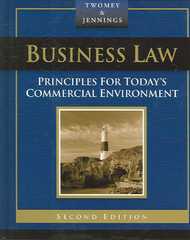Question
Consider the overlapping generations model of Diamond. Preferences of a typical generation are U = log(c1t) + (1/ 1 + ) log(c2t+1), > 0. Population
Consider the overlapping generations model of Diamond. Preferences of a typical generation are U = log(c1t) + (1/ 1 + ) log(c2t+1), > 0.
Population growths at a constant rate n > 0. Technology is given by F(K, L) = , where 0 < a < 1, and there is full capital depreciation ( = 1).
(a) Derive the law of motion for capital stock and the steady-state level of capital stock. Show your workings.
(b) Derive restrictions between the parameters of the economy under which the equilibrium allocation of part (a) is dynamically inefficient. Explain the intuition behind your answer.
(c) Show how a benevolent government can attain a better outcome in terms of welfare than the market allocation of part (a), given that the market allocation satisfies the restrictions of part (b). Explain the intuition behind your answer.
(d) Suppose a government introduces a pay-as-you-go social security system where young individuals pay a lump-sum tax T and old individuals receive (1 + n)T. Suppose that if we set T = 0, the equilibrium allocation corresponds to the one computed in part (a), and furthermore, suppose that the latter satisfies the restrictions of part (b). Is the introduction of a socially security system beneficial for the society? Explain the intuition behind your answer.
Step by Step Solution
There are 3 Steps involved in it
Step: 1

Get Instant Access to Expert-Tailored Solutions
See step-by-step solutions with expert insights and AI powered tools for academic success
Step: 2

Step: 3

Ace Your Homework with AI
Get the answers you need in no time with our AI-driven, step-by-step assistance
Get Started


